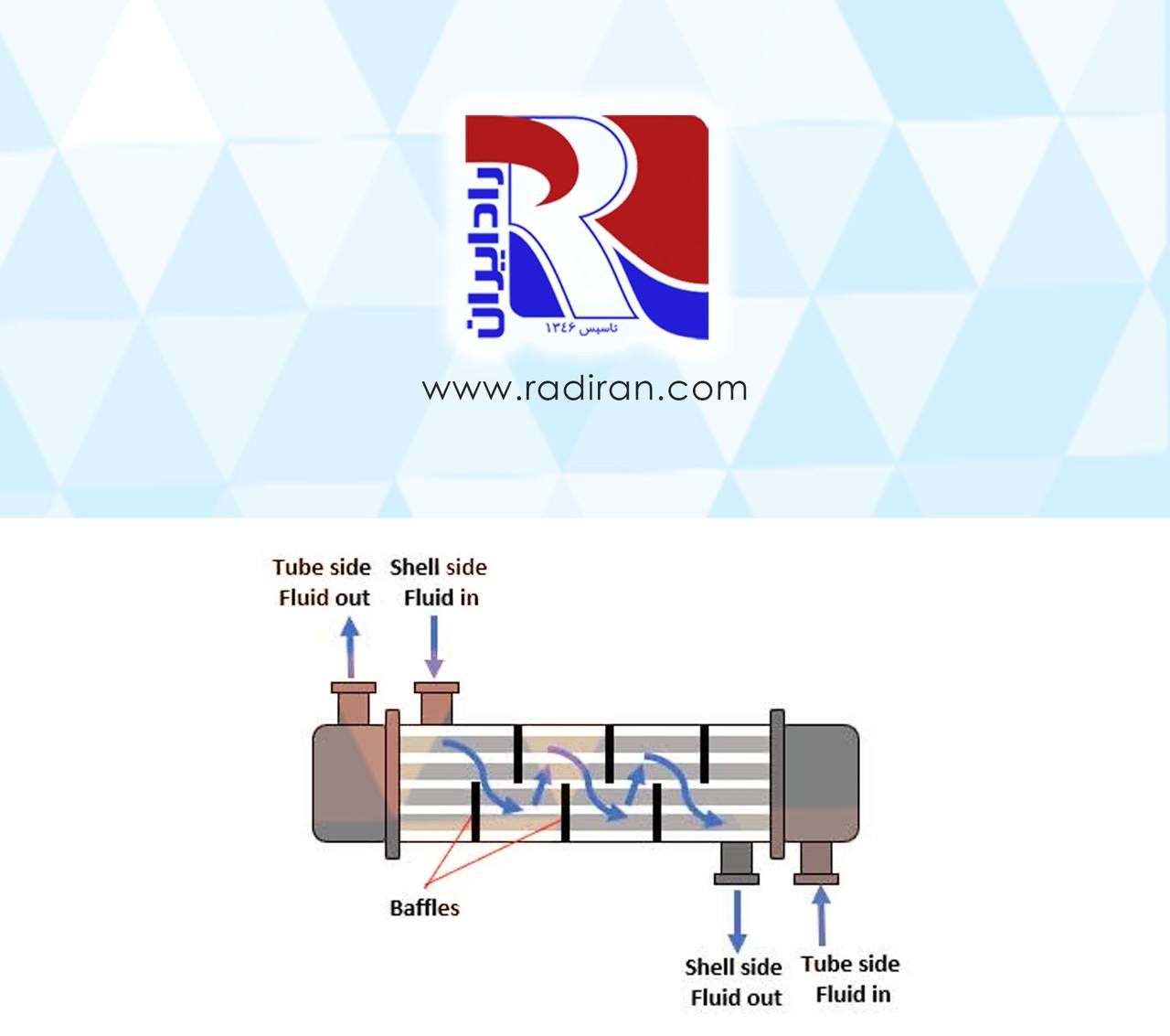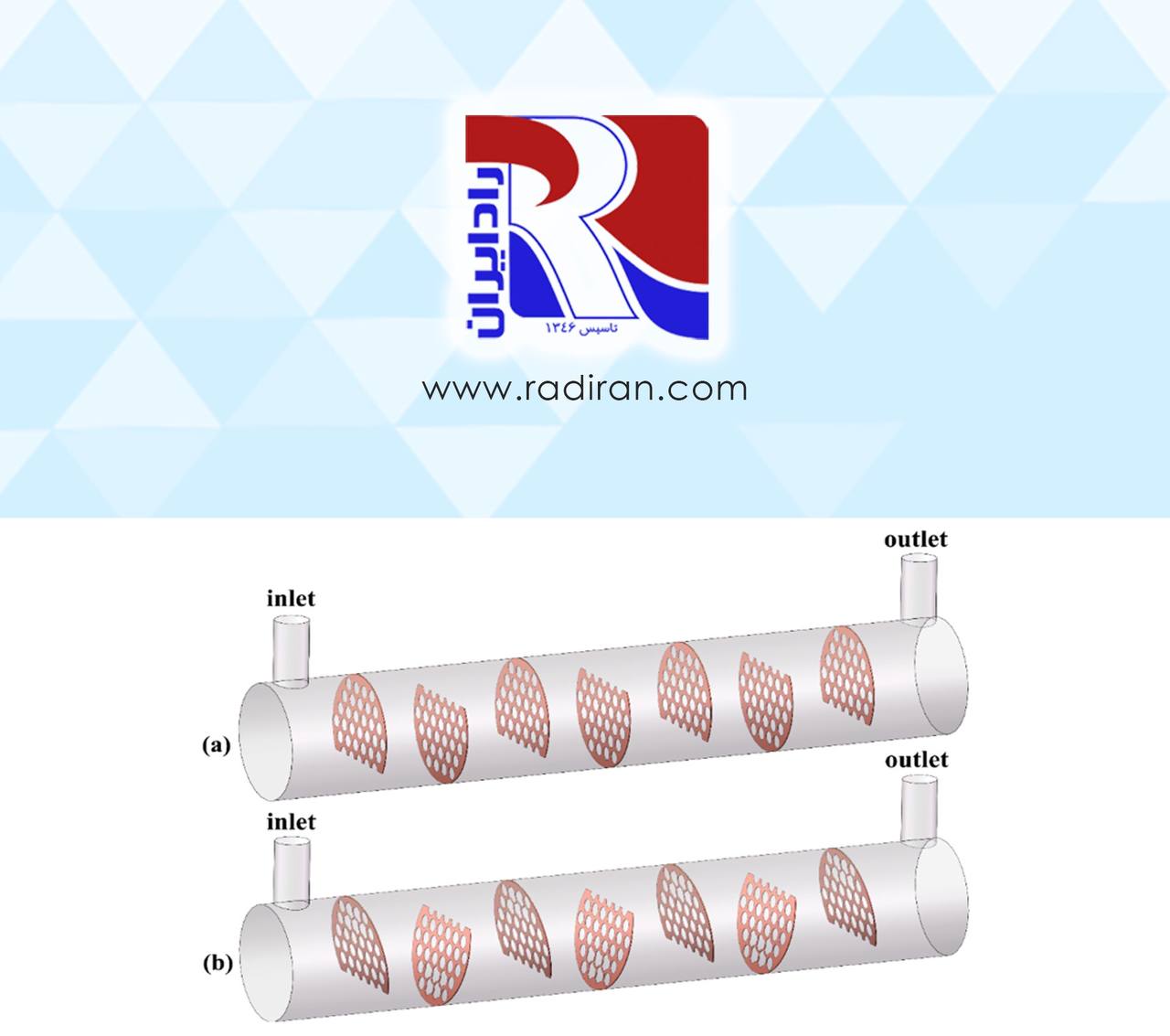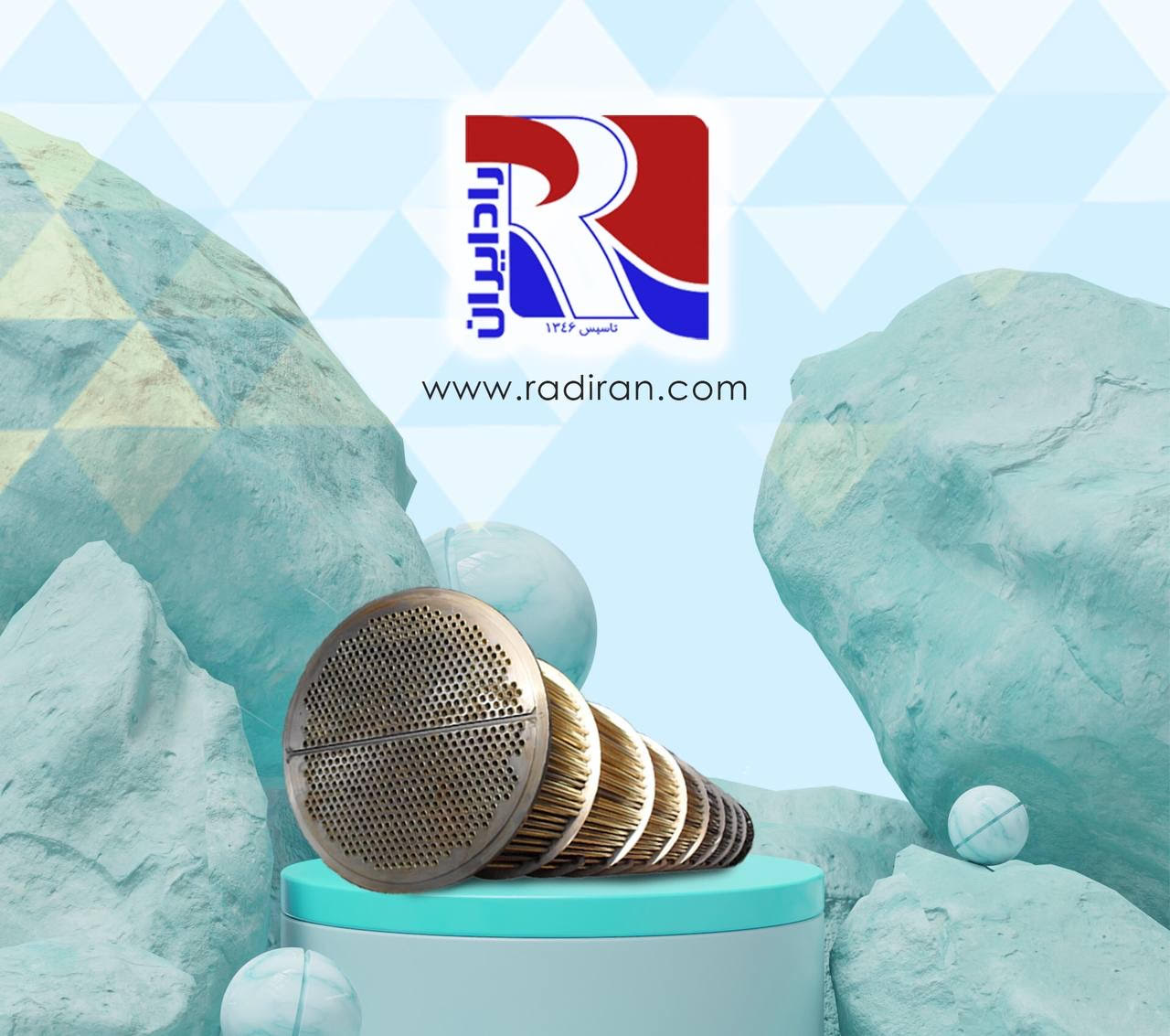Baffle cuts
As one of the most important parameters of the shell and tube heat exchanger’s design, Baffle cut influences fluid distribution, while orientation affects cross flow patterns. Common baffle types are segmental and helical. Consider these factors for efficient heat exchanger performance. In this essay, baffle cuts and their impact on the shell and tube heat exchanger’s efficiency, are discussed thoroughly. Baffle cut, or the portion of the baffle that is removed to allow fluid flow through the shell side of a...








